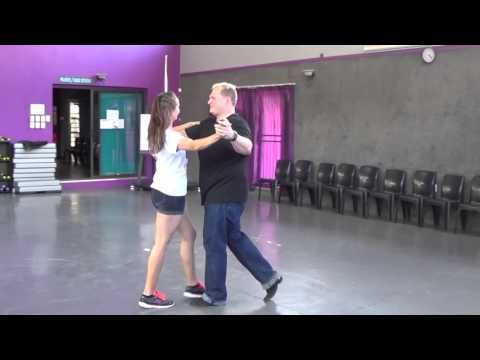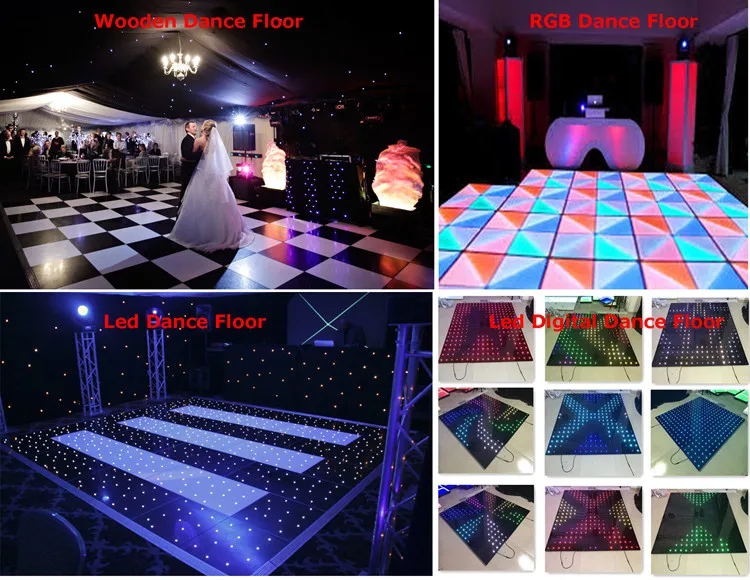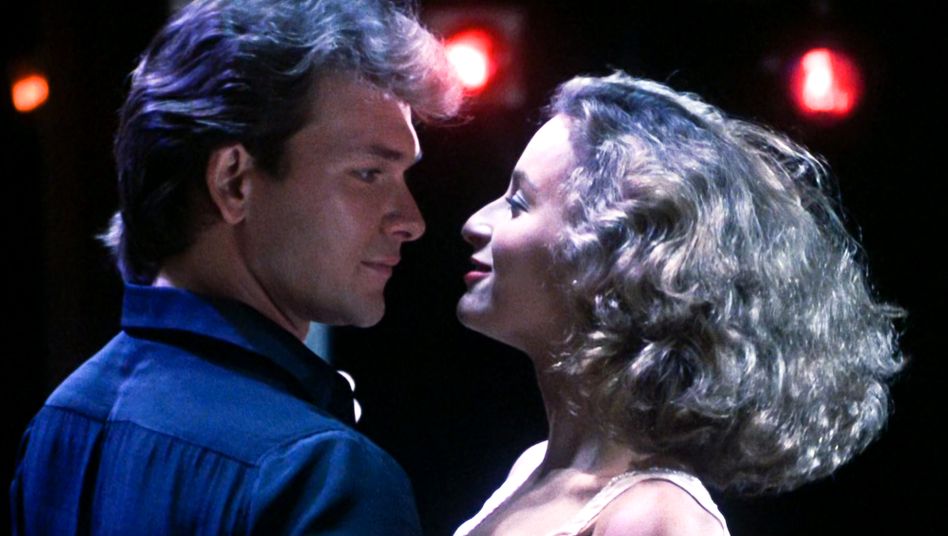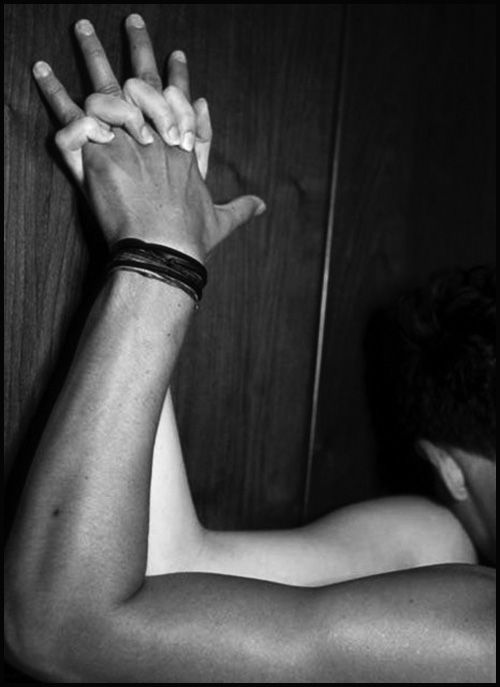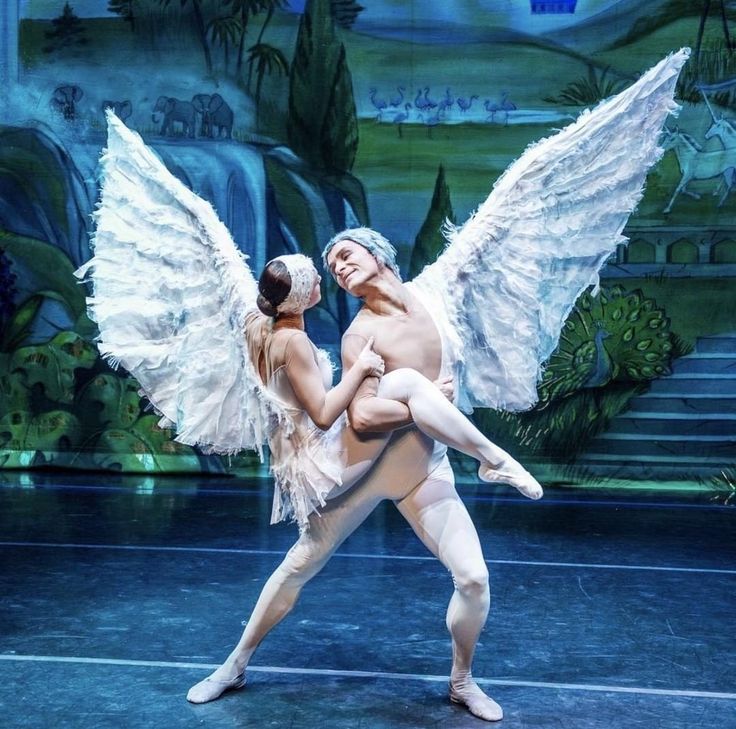How to dance hard techno
Techno Dance Moves that Never Fail on the Dancefloor
Author : Skylar Schossberger
June 16, 2022
Let’s be real. When you find yourself in a warehouse party, whether you’re a seasoned raver or newbie to the scene, your body wants to move when you hear that four-on-the-floor techno pulse. Although techno dancing isn’t classically defined in the dance world, its found a niche among underground partygoers. The dance moves can be as free and experimental as the underground scene itself. There’s no judgement. Really, the only expectation is that you’re able to let go of what others think and truly feel the music move your body in fantastic ways. If you need help getting started, then here are some dance moves that never fail on the dancefloor.
Sign up to the 6AM Insider bi-weekly newsletter to keep up with the latest industry news, in-depth features & releases
How to Dance to Techno
Both the beauty and the curse of techno dancing is that there’s no “right” way to move to techno. It’s very personal. Contrast, for example, dancing to different genres. The way your body will move to a dub techno track at 120 BPMs may be quite different from the way it responds to a mind melting acid techno track at 135+ BPMs.
The best course of action is to learn the foundation for dancing to techno. Once you’ve mastered the basics, you can add your own unique spin and begin free styling. Start by accustoming your body to the underlying rhythm. Sway your hips to the beat: “1, 2, 1, 2, 1, 2, etc.” Tap your feet: “Left, right, left, right, left, right, etc.” Once you feel confident that you’ve captured the rhythm, capture the textures of the track with your arms and your fingers. You can incorporate your entire body into the track, let the music take you to new heights. The key, at the end of the night, is to feel the track from start to finish.
The March with a little bit of stomp pic.twitter.com/22MQiSZvp1
— Ryan (@Ryan18689138) May 5, 2020
Techno Dance Moves
As mentioned previously there is no right way to dance to techno. Get creative with your movements, dance is a powerful form of expression. Now there’s no official names for these dance moves but “Das Techno Team” has thought up some great creative names of actual dance moves you’ll typically find with techno parties.
Get creative with your movements, dance is a powerful form of expression. Now there’s no official names for these dance moves but “Das Techno Team” has thought up some great creative names of actual dance moves you’ll typically find with techno parties.
The Italian Stomp
Here is a simple variation of basic feet stomping. You start with the sway of your hips and then you incorporate your feet. After you feel comfortable with this movement you can begin experimenting with patterns. Instead of going “left, right, etc.”, consider changing the pattern. Double it up, “left, left, right, left, right, right, etc.” Heck, triple it if you’re feeling fancy.
@electronicbeats Not me polishing up my dance moves for the next rave. @technoteam #technodance #technotok #dance #technomusic ♬ original sound – electronicbeats
The Royal Brexit Drop
Now that you’ve got your feet underneath you it’s time to use those arms. Fist pumps, wrist flicks, snaky arms… go full Gumby mode. Your hips and your legs can jack to the rhythm and the rest of your body can feel out the other elements of the track.
Fist pumps, wrist flicks, snaky arms… go full Gumby mode. Your hips and your legs can jack to the rhythm and the rest of your body can feel out the other elements of the track.
@technoteam @pana.crush antworten #TechnoTeam and #Techno #Basics 13 #fy #fürdich #parati #рек #perte #pourtoi #paravoce #おすすめ #lernenmittiktok #TechnoTok #Rave ♬ Trepidation by Stan Christ TechnoTeam Cut – Das Techno Team
Sidewalk Voguing
No techno dance guide would be complete without mentioning “voguing.” Voguing or “vogue” is a kind of improvisational dance style influenced by the poses of models in fashion magazines. Whether angular and precise or slow and sensuous, this style of dance is about telling a story through movement.
@technoteam #TechnoTeam with #Techno #Basics 3.1.2 and the #Cross #Walk #Voguing #Hands #fy #fürdich #parati #рек #lernenmittiktok #TechnoTok #Rave #season ♬ Follow – Amelie Lens
5 Best Techno Dance Songs
Charlotte de Witte “Age of Love – The Age of Love” (Charlotte de Witte & Enrico Sangiuliano Remix)
The original track “The Age of Love” by Age of Love is over 30 years old. It was popular in the nineties and continues to be a dance floor destroyer to this day. Charlotte de Witte and Enrico Sangiuliano‘s remix of the hit track is just as banging. The lyrics “come on, dance with me” beckon ravers to the dance floor to stomp to the heavy four-to-the-floor kick and lose themselves in the trance that is “The Age of Love.”
Charlotte de Witte · Age Of Love – The Age Of Love (Charlotte de Witte & Enrico Sangiuliano Remix)
Joey Beltram “Energy Flash” – R & S Records
“Energy Flash” was released in 1990 to critical acclaim. A definitive techno track during its time, the track sits nicely in any modern techno set as well (good music is timeless after all). Joey Beltram’s song is minimal, yet playful. The 909 percussive elements frame Beltram’s interlocking sonic patterns and lush string samples. This track is a dancer’s dream, his infamous whispered “ecstasy” rolls over your body and hypnotizes it to move from start to finish.
A definitive techno track during its time, the track sits nicely in any modern techno set as well (good music is timeless after all). Joey Beltram’s song is minimal, yet playful. The 909 percussive elements frame Beltram’s interlocking sonic patterns and lush string samples. This track is a dancer’s dream, his infamous whispered “ecstasy” rolls over your body and hypnotizes it to move from start to finish.
R & S Records · Joey Beltram – Energy Flash
Read Next: Acid Techno Guide: History, Artists & Classics
F.U.S.E. “Substance Abuse”
F.U.S.E., aka Richie Hawtin, is a classic nineties acid track that produces full body spastik action.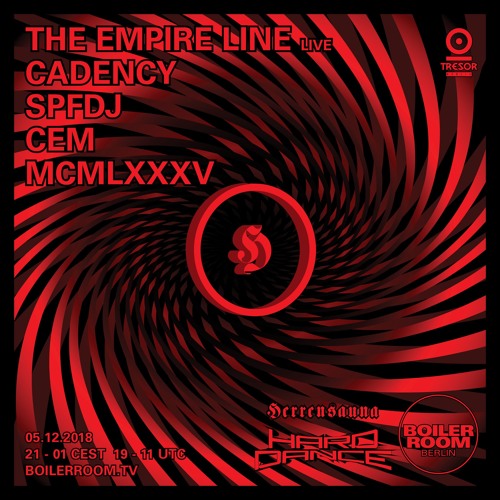 You can’t help but rock out to the squelching 303. Turn the speakers up to max level, you’re in for a trip.
You can’t help but rock out to the squelching 303. Turn the speakers up to max level, you’re in for a trip.
Richie Hawtin · F.U.S.E.: Substance Abuse (1991) PLUS8013
Darude · Sandstorm (Radio Edit)
Da Hool “Meet Her At The Love Parade” (Original Mix)
“Meet Her At The Love Parade” references the Love Parade, a former German electronic dance music festival and parade in Berlin. This song builds up quite nicely, like a good party. The percussive elements are simple and layer well. But, the best part is the melody. It’s introduced about a quarter into the song. Once you hear it, you’re hooked. Commence the head bobs and hip sways.
soundnavigator · Da Hool – Meet her at the love parade (Original full mix – 1997)
Jeff Mills “The Bells”
“The Bells” by Detroit legend Jeff Mills is a techno anthem. The glitchy kick and playful percussive elements create a euphoric feeling. Its infectious melody compels the body to do as it pleases. Your legs will stomp to the rhythm and the rest of you will react to every sonic element in the track.
vincentimes · Jeff mills – the bells
Read Next: Fake It Til You Make It? Not So Fast, Jeff Mills on Keeping the DJ Artform Alive
A Raver’s Delight
Movement is sacred. It expresses emotion without words and propels us forward. Techno is special because it unites us to move together and dance. A raver’s delight is knowing that no matter where you’re from or who you are, we’re all equal on the dance floor. We all share the same dreams, the same fears, and crave love and happiness. If and when you find yourself dancing to techno, dance like no one’s watching. Freedom inspires others to move freely.
It expresses emotion without words and propels us forward. Techno is special because it unites us to move together and dance. A raver’s delight is knowing that no matter where you’re from or who you are, we’re all equal on the dance floor. We all share the same dreams, the same fears, and crave love and happiness. If and when you find yourself dancing to techno, dance like no one’s watching. Freedom inspires others to move freely.
Read Next: 15 Of The Most Popular Techno Songs Of All Time [1980-2022]
How to Do the Dutch hakken dance to Gabber hardcore techno music « Modern :: WonderHowTo
- By Nicholas H Battjes
In The Netherlands, Gabber Hardcore is the music of choice for rebellious young people, much like punk and underground hip-hop in the US. It is a blisteringly fast style of electronic music which might seem hard to dance to at first. Enter the hakken, the dance of choice for the Gabber listener. Watch this video to learn how to do the hakken, and you will know what to do next time you're at a hardcore club in Holland.
It is a blisteringly fast style of electronic music which might seem hard to dance to at first. Enter the hakken, the dance of choice for the Gabber listener. Watch this video to learn how to do the hakken, and you will know what to do next time you're at a hardcore club in Holland.
Translation from the Dutch, by the Creator:
Step 1
put decent shoes on (Nike Air Max Classics)
Step 2
Try to make the next movement with your feet
(tip) kick them a little bit out on the end it this so it looks nicer
Try to do step two faster
We are now going to learn the first move: Het overstapje (The Changeover)
Practice this until you have enough skills. It needs to be a smooth transition
Feet tap
This move can be used when the beat is irregular. You will feel that feet tap is out of the normal hak rhythm
The Cripple
Also as feet tap this move can be used when the beat is irregular in a track.
To use these moves you can show the people a brackpoint/interval.
These are the six steps to learn normal hakken
Don't forget this is only a example always created your own style
Now we continue with the advanced way of hakken
The basic is one of the most difficult move from this type of hakken
Try to do this move 100% right before you go further
This will make the rest of the steps a lot easier.
Bring your feet to the back
Lift your other feet up
Put your right leg behind with a little step and throw at the same time your left leg to the front
Kick your feet away
Throw your right feet against your left
Step twice with your left feet to the side and throw him then behind your right leg
This could also be turned round
Now Im showing you quick two movies of how you can hak if you can do all the previous steps
Want to master Microsoft Excel and take your work-from-home job prospects to the next level? Jump-start your career with our Premium A-to-Z Microsoft Excel Training Bundle from the new Gadget Hacks Shop and get lifetime access to more than 40 hours of Basic to Advanced instruction on functions, formula, tools, and more.
Buy Now (97% off) >
Other worthwhile deals to check out:
- 97% off The Ultimate 2021 White Hat Hacker Certification Bundle
- 98% off The 2021 Accounting Mastery Bootcamp Bundle
- 99% off The 2021 All-in-One Data Scientist Mega Bundle
- 59% off XSplit VCam: Lifetime Subscription (Windows)
- 98% off The 2021 Premium Learn To Code Certification Bundle
- 62% off MindMaster Mind Mapping Software: Perpetual License
- 41% off NetSpot Home Wi-Fi Analyzer: Lifetime Upgrades
- Hot
- Latest
Hard techno
This term has other meanings, see Schranz (meanings).
Schranz (German: Schranz) is a musical genre, a subspecies of (mostly German) hard techno. The musical genre is characterized by fast tempos (between 150 and 180 BPM) as well as a heavy, minimalist and predominantly monotonous sound built from assertive bass drums, loud percussions and ragged looped synthetic noises.
The word itself Schranz in German is a neologism formed from the merger of two other words - schr eien (shout) and t anz en (dance). It does not have any definite meaning in any language of the world. In Russian, the word courage can most likely be considered close in meaning. For example, the German expression "wir gehen schranzen" in Russian can be interpreted as "we are going to swagger" or "we are going to have fun."
Contents
- 1 History
- 2 Features
- 3 Performers
- 3.1 Examples of works
- 4 Hard techno
- 5 Similar styles
History
The word schranz was coined in 1994 by DJ Chris Liebing and a friend who worked in a Frankfurt record store where Chris picked up his records.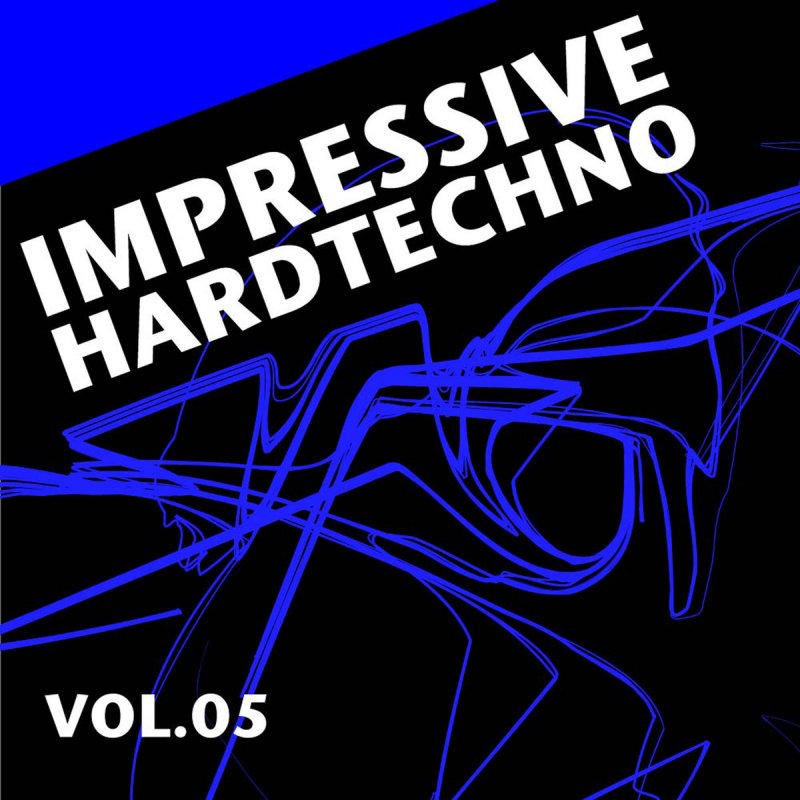 So they called hard techno with a dark, ragged sound. In addition to being a musician, producer and DJ, Chris Liebing is also known as a radio host. This circumstance allowed the previously non-existent word schranz become public. After the hugely successful series of ten-inch The Real Schranz , recorded by Liebing in 1999, Schranz has firmly established his niche in electronic dance music, as evidenced by the huge number of commercially oriented CD compilations with sonorous names like Schranzwerk , Schranz , Schranz Total , Schranz Tanz , Mega Schranz , etc. It can be said that in 2003-2005, Schranz took shape in a self-sufficient musical genre with its own subculture.
So they called hard techno with a dark, ragged sound. In addition to being a musician, producer and DJ, Chris Liebing is also known as a radio host. This circumstance allowed the previously non-existent word schranz become public. After the hugely successful series of ten-inch The Real Schranz , recorded by Liebing in 1999, Schranz has firmly established his niche in electronic dance music, as evidenced by the huge number of commercially oriented CD compilations with sonorous names like Schranzwerk , Schranz , Schranz Total , Schranz Tanz , Mega Schranz , etc. It can be said that in 2003-2005, Schranz took shape in a self-sufficient musical genre with its own subculture.
Features
A significant part of Schranz-style works are the so-called bootlegs, that is, unofficial remixes of other popular musical works. Moreover, the genre of the "original" does not matter here, it can be either classical music or pop, rock, folk or anything else - as a result, everything will be accelerated, looped and distorted.
Schranz is usually released in small editions as singles and EPs on vinyl for DJs, or relatively large editions as mixed CD compilations for the general public. Commercially oriented editions of Schranz with separate (unmixed) tracks are extremely rare, due to the fact that this genre is intended to introduce the listener into a special psycho-emotional state, which consists in emancipation and the desire to dance, and does not imply a deep understanding of the musical work, which, according to in fact, built according to the standard scheme.
Artists
Today's trendsetters include Jason Little, Rob Stalker, DJ Rush, DJ Amok, Boris S., Sven Wittekind, Arkus P., Robert Natus, Frank Kvitta, Marco Remus, Theo Schwarz, O.B.I., Matt M. Maddox, Tomash Gee, Viper XXL, Torsten Kanzler, weichentechnikk, mhonolog, bazz-dee, Daniel Gloomy, FL-X, Ogi, Lexis, Mario Ranieri, Christian Fischer, Dj Murphy, Dj Golpe and others.
Examples of works
For listening, we can recommend any of the latest collections from the "Schranz Total" series, of which there are currently twenty-one collections. These compilations are released on CDs, each part has two discs, each of which has a DJ set from one of the shranz legislators presenting his selection of current tracks.
These compilations are released on CDs, each part has two discs, each of which has a DJ set from one of the shranz legislators presenting his selection of current tracks.
Hard techno
Hard techno (eng. hard techno) or hardtechno (ger. hardtekno) is a group of subgenres that sound at the intersection of techno, nu beat and hardcore techno. Hard techno covers several areas of hard techno, such as free techno (also its subspecies jungletech, raggatek, tribe), schranz and also individual compositions that are difficult to characterize as a single genre.
The genre began as a more gritty and darker style of hardcore techno music and emerged after 2000. Although the first harder techno pieces appeared around 1991 years on labels like PCP and Industrial Strength, they were called hardcore techno. Over the years, the hardcore scene has taken on a new sound, moving into a softer form. In the late 1990s, thanks to the Schranz movement, a new, extremely hard style of techno became popular, which is now commonly called hard techno.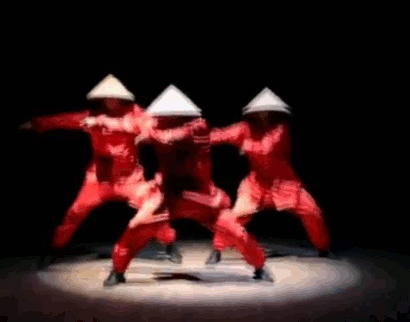 The music is usually characterized by a fast pace, from 160 to 220 BPM, and is characterized by strong distortion and pronounced percussion. Hard techno is close in sound to hardcore techno, but remains closer to classic techno due to rhythm and monotonous structure.
The music is usually characterized by a fast pace, from 160 to 220 BPM, and is characterized by strong distortion and pronounced percussion. Hard techno is close in sound to hardcore techno, but remains closer to classic techno due to rhythm and monotonous structure.
Notable performers include Spiral Tribe, LSDF, Troubles Fête or Heretik System.
Similar styles
Similar in form and content to Schranz, but self-sufficient musical styles:
- Gabber is the most violent form of hardcore that originated in the Netherlands in the early 1990s.
- Hardstyle is a rather young genre that emerged around 1999 from the fusion of trance and hardcore.
| Article lacks references to sources (see also search guidelines). The information must be verifiable, otherwise it may be deleted. You can edit the article by adding references to authoritative sources in the form of footnotes. |
HARDCORE TECHNO / SCHRANZ - RADCAP
| NETWORK STREAMING - A COLLECTION OF STYLES, GENRES, TRENDS... |
| |||||||
| | |||||||
HARDCORE TECHNO |
Hardcore is a genre of electronic music that appeared in the early 90s, when musicians began to experiment with speed in techno music.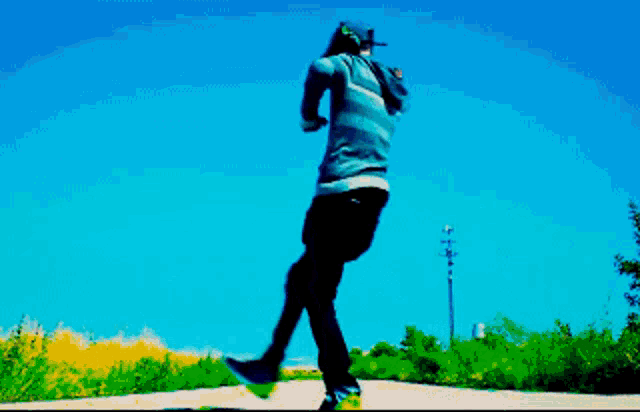 The emergence and development can be noted in several countries. First of all, these are the Netherlands, Germany and England. The style is characterized by a fast pace (160-300 bpm and above) and the use of distorted and atonal industrial sounds and samples. Also noteworthy is the heavy straight kick with the use of the distortion effect. Hardcore techno is usually composed using music sequencers. Many of the earlier tracks were composed on home computers with software tracker synthesizers. The widespread availability of computers, combined with the lack of financial rewards, means that many hardcore techno musicians have written tracks for their own pleasure and using various musical innovations. The main musical instruments used in writing hardcore music are the Roland TR-9 drum machine.09", Roland TB-303 bassline synthesizer, Roland Juno and Jupiter series synthesizers. Roland Alpha Juno 2 was the most widely used, its sounds were widely used by such musicians as Ruffneck, Predator. The emergence and development can be noted in several countries. First of all, these are the Netherlands, Germany and England. The style is characterized by a fast pace (160-300 bpm and above) and the use of distorted and atonal industrial sounds and samples. Also noteworthy is the heavy straight kick with the use of the distortion effect. Hardcore techno is usually composed using music sequencers. Many of the earlier tracks were composed on home computers with software tracker synthesizers. The widespread availability of computers, combined with the lack of financial rewards, means that many hardcore techno musicians have written tracks for their own pleasure and using various musical innovations. The main musical instruments used in writing hardcore music are the Roland TR-9 drum machine.09", Roland TB-303 bassline synthesizer, Roland Juno and Jupiter series synthesizers. Roland Alpha Juno 2 was the most widely used, its sounds were widely used by such musicians as Ruffneck, Predator. |
SCHRANZ |
| Schranz (German: Schranz) is a term used to refer to European (mostly German) hard techno, a sub-style of techno. A musical genre characterized by fast tempos (between 150 and 180 BPM) as well as a heavy, minimalist and predominantly monotonous sound built from punchy bass drums, loud percussions, and jagged, looping synth noises. In itself, the word schranz in German is a neologism formed from the merger of other two words - schreien (shout) and tanzen (dance). It does not have any definite meaning in any language of the world. In Russian, the word courage can most likely be considered close in meaning. For example, the German expression "wir gehen schranzen" in Russian can be interpreted as "we are going to swagger" or "we are going to have fun." The word schranz was coined at 1994 by DJ Chris Liebing (German: Chris Liebing) and his friend, who worked in a Frankfurt record store, where Chris picked up records for himself.  So they called techno with a dark, ragged sound. In addition to being a musician, producer and DJ, Chris Liebing is also known as a radio host. This circumstance allowed the previously non-existent word schranz to become public knowledge. After Liebing's hugely successful 10-inch series of 10-inch LPs recorded by Liebing in 1999, Schranz has firmly carved his niche in electronic dance music, as evidenced by the huge number of commercially oriented CD compilations with sonorous titles like Schranzwerk, Schranz, Schranz Total, Schranz Tanz, Mega Schranz, etc. It can be said that in 2003-2005, schranz took shape in a self-sufficient musical genre with its own subculture. So they called techno with a dark, ragged sound. In addition to being a musician, producer and DJ, Chris Liebing is also known as a radio host. This circumstance allowed the previously non-existent word schranz to become public knowledge. After Liebing's hugely successful 10-inch series of 10-inch LPs recorded by Liebing in 1999, Schranz has firmly carved his niche in electronic dance music, as evidenced by the huge number of commercially oriented CD compilations with sonorous titles like Schranzwerk, Schranz, Schranz Total, Schranz Tanz, Mega Schranz, etc. It can be said that in 2003-2005, schranz took shape in a self-sufficient musical genre with its own subculture. A significant part of the Schranz-style works are the so-called bootlegs, that is, unofficial remixes of other popular musical works. Moreover, the genre of the "original" does not matter here, it can be either classical music or pop, rock, folk or anything else - as a result, everything will be accelerated, looped and distorted.  |
 (16 February 2022)
(16 February 2022) 
